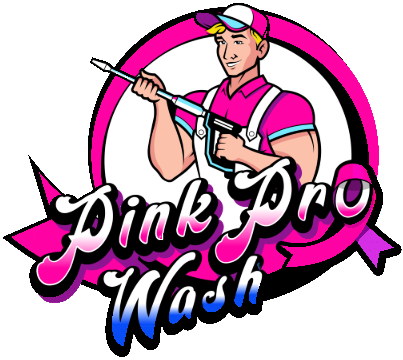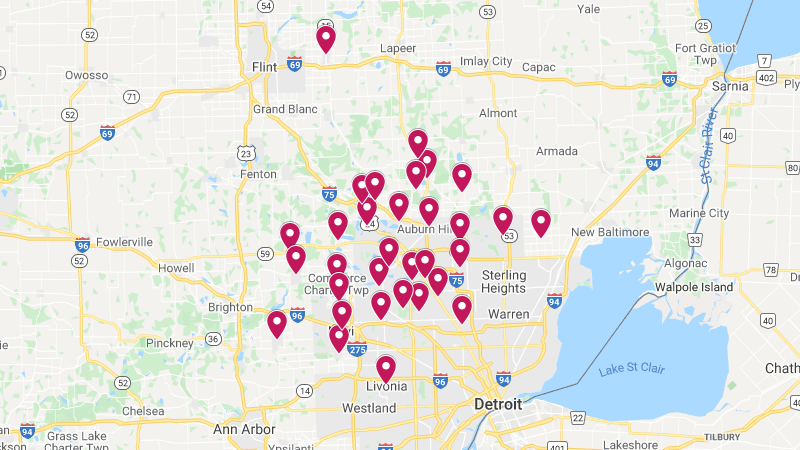
There are various roof cleaning options, such as soft washing, that you can use to keep your roof looking like new. Using a pressure washer is an easy way to remove shingle granules, and is also effective in getting rid of moss, algae, and lichen. It is recommended that you take care of your roof on a regular basis, as it will help to ensure that it stays clean.
Sodium percarbonate is the active ingredient
Sodium percarbonate is a white powder odorless crystal, made of a chemical reaction between sodium carbonate and hydrogen peroxide. It is used as an oxidizing agent, bleaching agent and deodorizing agent.
Sodium percarbonate is also used to make peroxyacids. It is a source of highly concentrated hydrogen peroxide in non aqueous systems. It is widely used as a bleaching agent in laundry detergents.
In addition to its bleaching function, sodium percarbonate also improves the performance of conventional detergents. It helps remove mildew, grime, and gray residues from surfaces. Sodium percarbonate is also used in sewage treatment plants as a oxidizing agent. During the production process, it is generally pre-dissolved in cold water.
Sodium percarbonate is also found in toothpaste. Some dental products may contain it as a bleaching agent. If you need to remove stains, it is best to use a paste instead of directly scrubbing. You can apply it to the surface using a sponge or cloth.
Sodium percarbonate is a good choice for soft washing roofs. It is a good disinfectant that kills fungi, mildew and algae. To prevent the growth of lichen, you should remove overhanging branches and other debris. Also, it can be used to clean cedar roofs.
It is a relatively inexpensive material to produce. It is available in various grades, from the low concentration used in household cleaning products to the higher levels used in commercial products. Besides, it is also quite eco-friendly.
The use of sodium percarbonate is expected to grow in the coming years. However, there are some risks involved. These risks include exposure to sodium percarbonate during transportation accidents, inhalation of the fumes, and skin and eye contact.
Bleach is used to kill moss, algae, and lichen
Using bleach to kill moss and algae can be effective. However, you need to be careful with the amount of bleach you use. You don’t want to damage your plants or roof.
The best way to use bleach on your roof is to mix it with water. Then, you’ll need to let the solution sit for a few minutes. After that, you’ll need to rinse it off. But beware – rinsing it off too soon could hurt your plants.
To clean your roof using a bleach-water combination, first remove any debris from the area. This may involve climbing on the roof or using a long-handled scrub brush. If you do this, you’ll need to use personal protective equipment.
When preparing the bleach cleaning solution, you should be sure to follow the manufacturer’s instructions. Some manufacturers recommend a 50:50 mix of bleach and water. A more potent mixture would be too strong to be safe for your shingles.
For a less expensive option, you can use a spray-on cleaner. These contain sodium hypochlorite, which denatures proteins in microorganisms. They can also be effective at killing fungi and mildew.
There are a number of other options, such as nitrilo triacetic acid and trisodium salt. Depending on the concentration of each, these chemicals can damage your skin and eyes.
While bleach can be a remarkably efficient way to clean your roof, you’ll need to use it wisely. Using too much bleach on your roof will result in a false foundation underneath your shingles.
Moss and algae on your roof are unsightly and can cause your shingles to blow off. They can also draw moisture to your house, causing drywall, walls and floors to deteriorate.
Cleaning with pressure removes shingle granules
The use of a high pressure washer to remove shingle granules from a roof has been around for some time. However, the results may not be the best. One of the main reasons is that the high pressure may cause the granules to fall off the shingles. Plus, you will get water under your shingles and that’s not a good thing.
What should you do? Do some research and talk to a few roofing pros to find out what they recommend. In most cases, a soft wash is the best bet. This is the only way to avoid the pitfalls mentioned above. It also helps to ensure the granules are properly washed off. A small mishap could result in some nasty surprises later down the line. Be sure to follow proper safety procedures and don’t forget the shingle aprons. Also, be aware of the weather before attempting any such activities. After all, it is only a matter of time before a storm blows through. Besides, if it is raining, it will be washing away any luck you might have had with the process.
One last tip is to do the cleaning in stages. For example, don’t wash off a single coat of shingle granules. Leaving this debris on your shingles will only lead to a major headache later down the line. Make sure to rinse and dry the area well, and preferably before hand. Lastly, make sure the power is turned off and the windows closed prior to cleaning. If you don’t, you might as well leave the job to the professionals.
As you can see, there are numerous options to choose from. Luckily, most are reasonably priced and will do the trick.
Protecting plants and shrubs from chemical burns
When soft washing your roof, you have to take precautions to protect the plants and shrubs on the roof. You can cover them with clear tarps or use 8 foot by 1.5 mil plastic to protect them from the chemical burns that can occur. But be sure to wear gloves and a face mask while applying the insecticide to the roof. If you have pets, keep them out of the way while you apply it.
Some insecticides can be toxic to plants and even kill them. This is why it is important to test them out on a few leaves before applying them to the entire roof. Wait at least 48 hours after applying the insecticide to the roof and inspect the plants and shrubs for any damage. Do not cover any plants with tarps or plastic too long; they can get hot and can also act like a greenhouse.
In addition to protecting plants and shrubs from the chemical burns, you can also apply sap-it to the roof to help prevent the bleach from leaving the roof and running off into the landscaping. This helps slow down the run-off and reduces the amount of bleach needed to clean the roof.
Regular housecleaning will keep your roof looking like new
Regular housecleaning can keep your roof looking fresh and new. You should have your roof cleaned at least once a year to ensure that it lasts for the long haul. It’s not only important to clean your roof, but it’s also important to clean gutters and make sure that they are free of accumulated leaves and debris. Having a clogged gutter can cause water to back up, resulting in a leak. A sloppy job of house cleaning can even result in rodents and other vermin hanging around your home, causing an infestation.
If you’re not sure if you need to have your roof cleaned, ask the experts at your local cleaning service. They’ll be able to provide you with a free estimate. Keep in mind that the best time to have your roof cleaned is during dry weather. Rainy weather can lead to mold and other moisture-prone organisms forming, which can cause damage to your roof.






